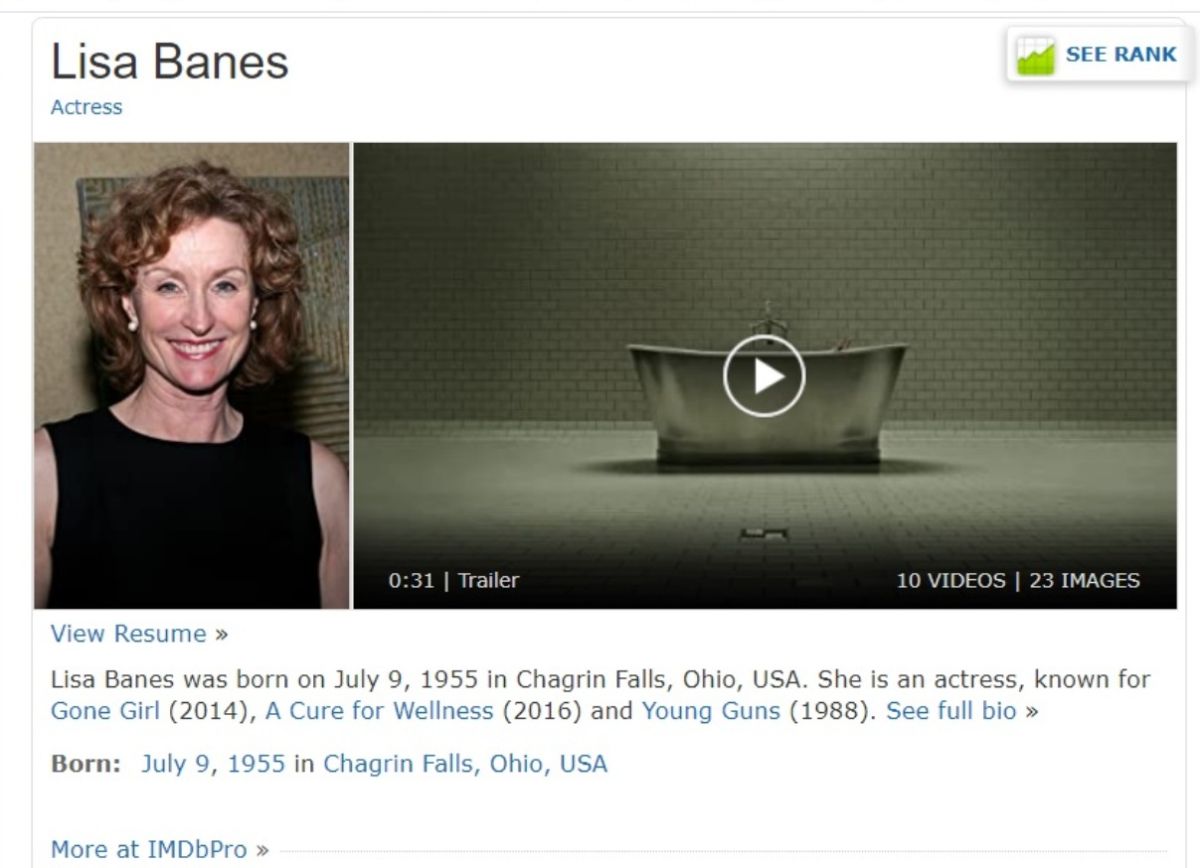Stephen Green hopes buy a house for his family, but his dream is still far from being realized.
The 38-year-old Melbourne native said he and his wife Bronwyn earned “pretty good” salaries.
He had been saving for ten years and even in the last five had really saved a lot of money.
“It’s said that our generation likes to spend money, I don’t think it’s true,” Stephen said.
“Everyone I know is in the same position, trying everything to cut costs.”
Stephen rarely buys coffee or snacks, doesn’t even go out at night, and prefers ‘camping’ rather than taking a plane vacation.
Last year, during the COVID-19 pandemic, house prices in Australia down, his wife’s business was forced to close due to activity restrictions.
Interest rates in Australia were lowered, keeping mortgage costs at record lows, prompting people to buy their first homes.
But when Stephen’s family income returned to normal, house prices in Australia rose again and their down payment was not enough.
“It’s quite frustrating to see our generation being asked to borrow huge sums of money.”
“It’s impossible to achieve, even if it could, would be very risky.”
It’s hard to imagine owning a home in Australia
Australians in their 20s are not quite sure if they will be able to buy a house in the future, as Stephen Green’s family has.
Especially in big cities, where house prices are going up insanely, but people’s salaries are not high enough.
The National Housing Finance and Investment Corporation found that the worst home purchase rates for potential first home buyers were for residents in Sydney and Hobart.
In Hobart, figures released by the agency CoreLogic show house prices have jumped 60 percent in five years.
The rental market is increasingly competitive, which means finding affordable housing is becoming a challenge.
“There are some people I know who find it very difficult to imagine owning a home in the future,” says Tyler Bakes, 25, who rents a house.
Tyler considered himself lucky to be able to pay the rent, sharing a three-bedroom house with two other couples.
Average weekly earnings in Tasmania are still the lowest in Australia.
“It’s certainly a perception among young people in Tasmania that owning a home is just a dream,” said Tania Hunt of the Youth Network of Tasmania.
Most people don’t have the option to buy a house
The fact that young people in Australia think owning a home is an impossible dream is not surprising to most Australians.
The Australia Talks national survey found 65 per cent of Australians generally think owning a home is no longer a realistic possibility for most young Australians.
The survey figures are reflected in real life.
The Australian Housing and Urban Research Institute (AHURI) uses census data to examine these trends.
While the home ownership rate has remained fairly stable at 67 per cent in 2016 compared to 68 per cent in 1976, Australia’s aging population is masking the change in the figure.
Home ownership rates between the ages of 25 and 44 declined sharply between 1986 and 2016.
As a result, AHURI researchers say it is unlikely that Australia will maintain home ownership figures at current levels.
The report predicts home ownership between the ages of 25 and 55 will decline to around 50 percent by 2040.
Independent economist Nicki Hutley said there is currently a transfer of wealth from parents who own homes to their children.
“There is absolutely no doubt that the ‘mom and dad bank’ is causing inequalities between generations,” Nicki said.
“There are so many people who don’t have enough money for retirement, let alone to help their children. Only a few rich people help others who are few in number.”
Why is buying a home in Australia harder than ever?
Millennials think soaring house prices make saving for a down payment difficult.
Researcher on housing affordability, Rachel Ong ViforJ agrees with this opinion.
“For example, three or four decades ago, the ratio of house prices to salaries was around 3.5,” said Professor Rachel from Curtin University.
Now, Professor Rachel says housing prices are about six times the salary, even in Sydney the ratio could be as high as eight times.
“It’s definitely become easier to make mortgage payments. Interest rates are very low, so most people think it’s better to buy than rent,” said Nicki.
“But the biggest challenge… is raising money for the down payment.”
With an average house price in Sydney of just over AU$1 million, Nicki estimates that even getting a down payment of 10 percent of the house price would take ten years of saving for the average salaried person.
In Melbourne, Stephen’s dream of buying a house has been put on hold, they’ve just signed a new lease.
They will rent the house again until next year, before assessing further conditions.
Stephen wants to be able to provide economic stability to his children, as his parents gave him.
“We hope that 2022 will be the year we get into the property market. It’s a good time to do it, with the kids starting school and we can really build a good and settled life here,” he said.
But given that it took almost a decade to get to this point, he worries about future generations in Australia.
“I certainly empathize with the next generation, because it seems to be getting harder with each generation.”
“The previous generation was only told to save, take a reasonable mortgage and pay it off,” he said.
“I think the kind of Australian Dream [mimpi warga Australia punya rumah] like this has been lost.
This article was produced and compiled by Mariah Papadopoulos of report in English
–


